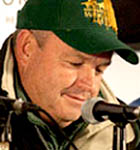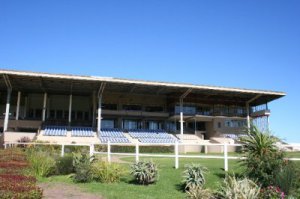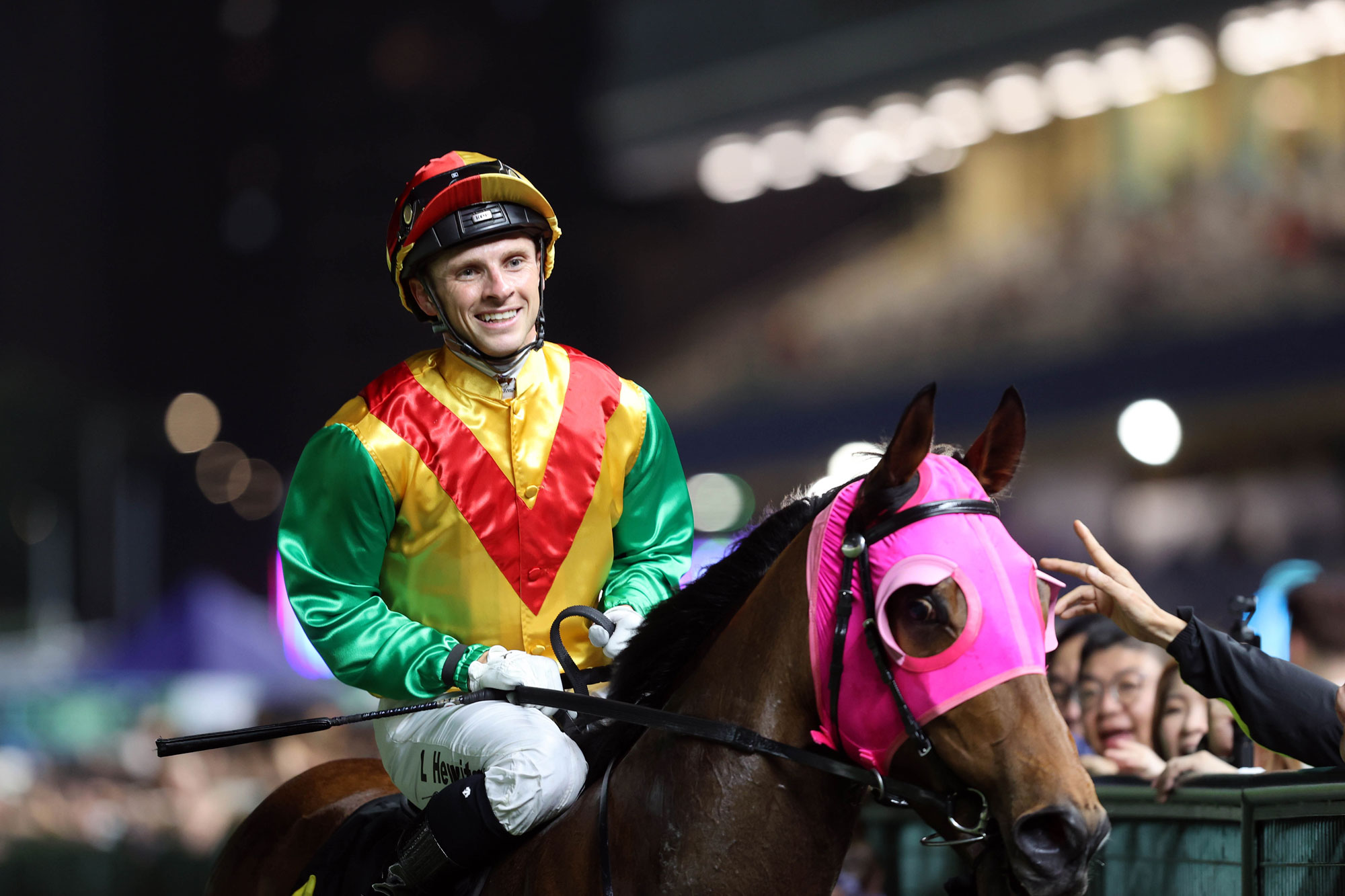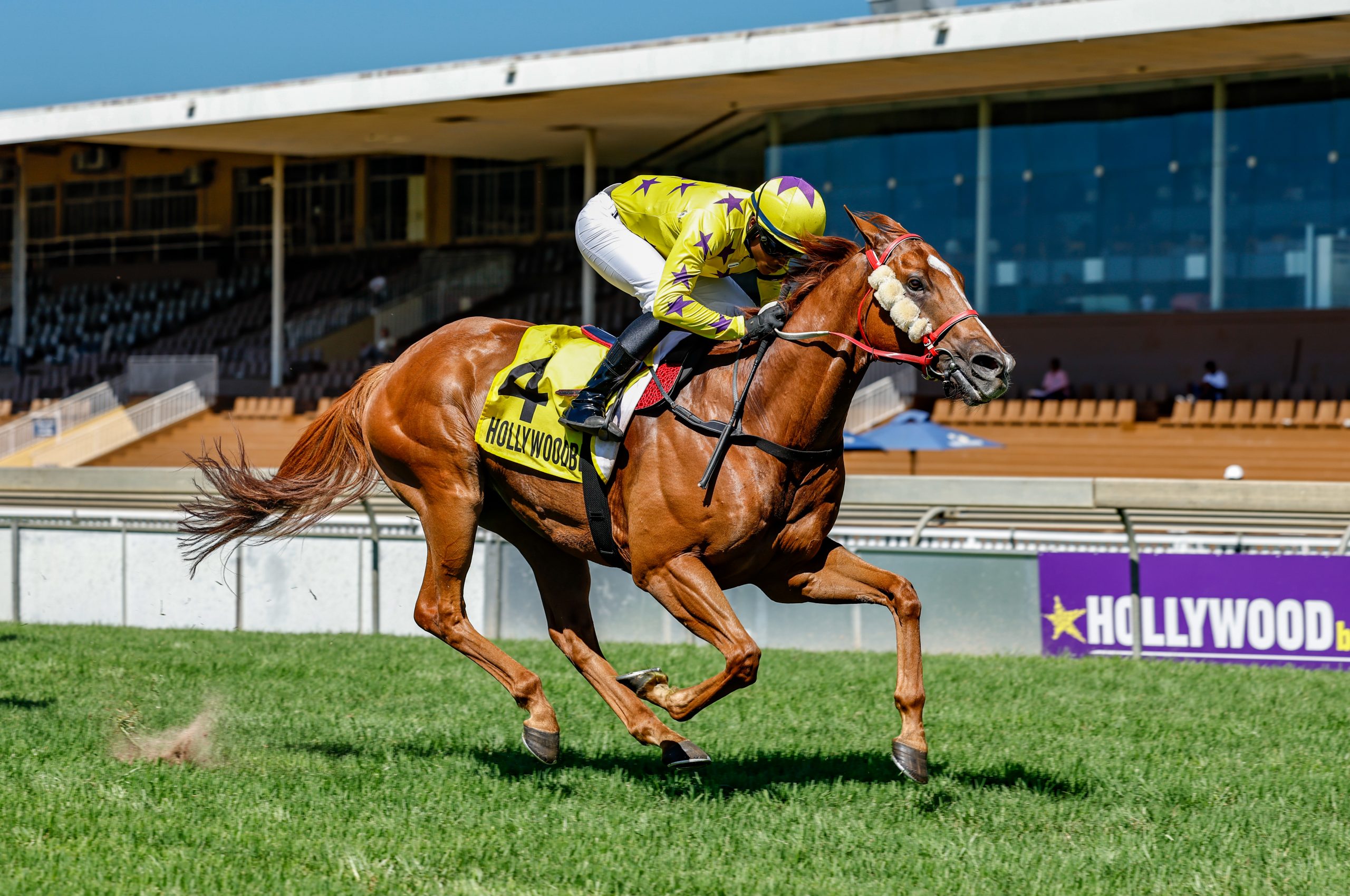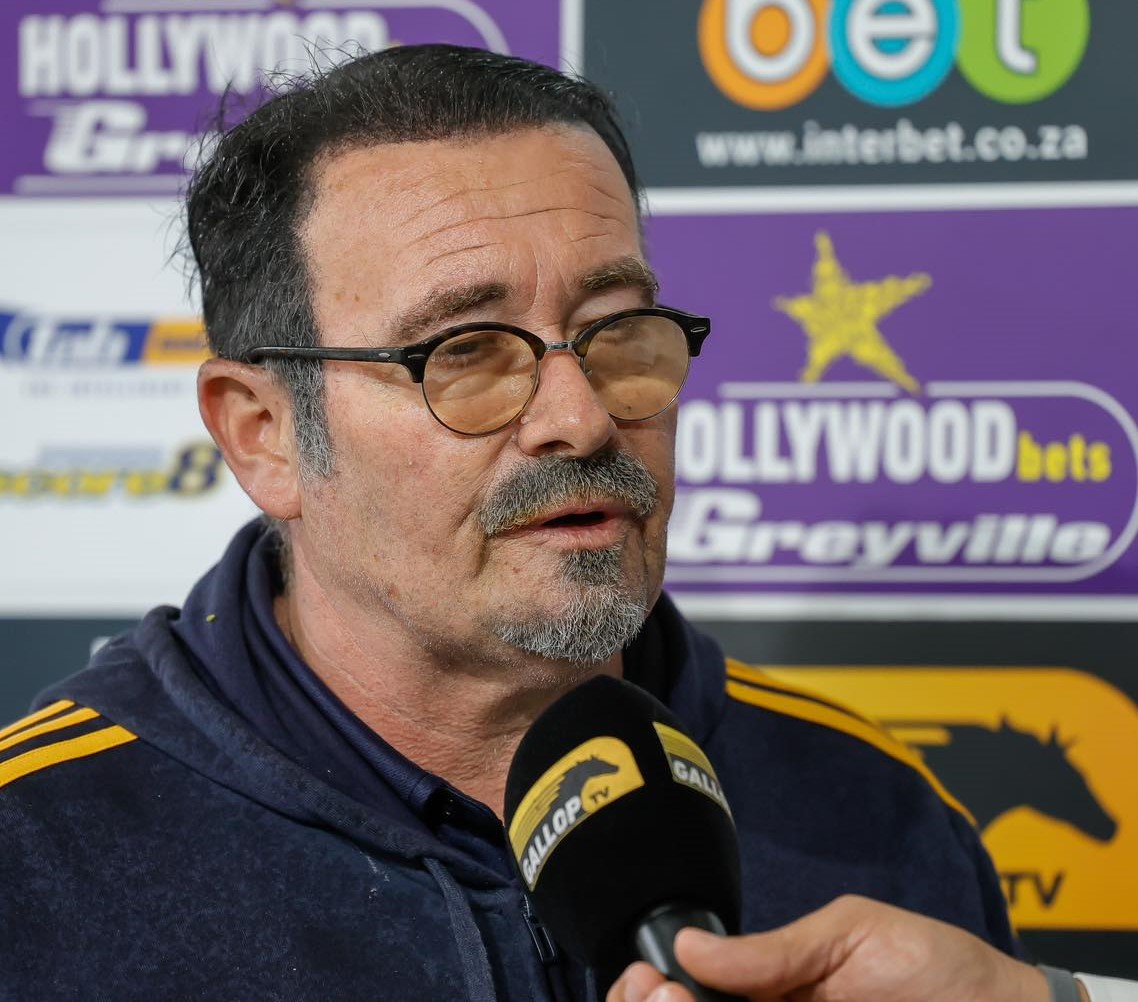A huge crowd attended the first gallops at the new polytrack at Fairview on Thursday morning last week. The horses clearly loved the surface and our champion trainer was on hand afterwards to answer questions from the Port Elizabeth trainers.
The internationally experienced Mike De Kock predicted that trainers will see many horses showing huge improvement on the polytrack. But he warned that trainers had to keep in mind that horses first had to get used to the new surface to produce their best.
De Kock also said that thorough maintenance of the track would be critical to its overall success.
Peter Morrison answered the technical questions related to the synthetic surface.
Two races on 25 October will be held on the polytrack. The first full polytrack meeting will be held at a date to be advised in December this year.
Nearly 70 race meetings are held in Port Elizabeth annually and, as things stand, this necessitated the two racecourses in the city, as a turf racetrack cannot realistically sustain more than 35 race meetings a year.
The economies of scale of running two tracks gave rise to Phumelela’s decision to install a second racetrack at Fairview in order to at least double the venue’s capacity for racing annually and to simultaneously cease racing at Arlington.
The decision to go ahead with the installation of a Polytrack racing surface at Fairview followed Phumelela receiving long-awaited permission from the East Cape Gambling Board to close Arlington.
The total cost of the Polytrack was considered to be in the region of R36 million. This is R6 million more than originally anticipated because a geo-technical survey had revealed that the base of the new track had to be stabilised due to “swamp-like” conditions on the site.
An additional R4 million was budgeted to be spent upgrading the grandstand facilities at Fairview, bringing the total cost of the project to R40 million.
Phumelela opted for Polytrack over turf for various reasons.
The most important is that a synthetic track does not require water, which is critical in light of the history of drought conditions and water restrictions in the province. Other reasons include:
* Annual maintenance would amount to some R1.5 million less than turf
* Polytrack is an all-weather surface that will virtually eliminate the abandonment of races and enable more race meetings to be added to the fixture list in the region if desired
* Horses can be trained on the Polytrack, thus eliminating training schedules being interrupted by rain
Polytrack comprises a synthetic surface mixture laid on a vertical drainage system. The actual track or surface mixture is composed of recycled polypropylene fibres, recycled rubber and silica sand. All components are weighed, mixed and thoroughly coated with wax.
The wax coating prevents moisture absorption, allowing water to flow quickly into the vertical drainage system below, which comprises a layer of porous tarmac, drainage stone and a system of drainage pipes that carry water away from underneath the track.
The outcome is a kinder and more consistent surface than a conventional dirt or sand track because Polytrack’s unique cushioning effect reduces injuries to the back and legs.
Polytrack is proven to be more horse friendly than other racing surfaces based on a study completed in the USA relating to catastrophic breakdowns in races.
There does however appear to be a higher incidence of soft tissue injuries, which result from a horse’s hooves not sliding forward on impact in the same way as on sand.
These injuries can be minimised by trainers adapting their training methods.
De Kock’s phone will no doubt be ringing off the hook!


